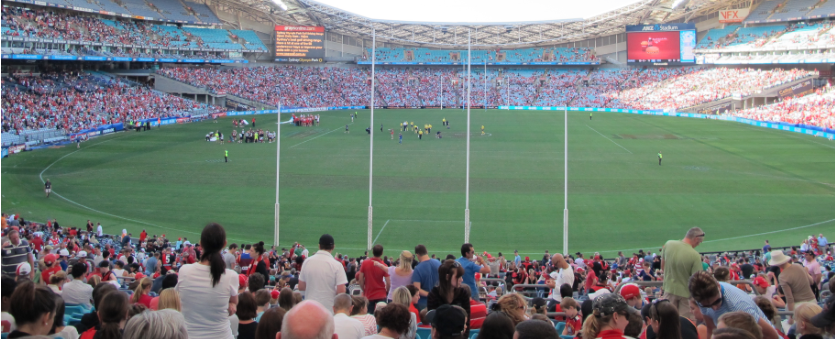Goal setting helps improve an athlete’s motivation and enables them to measure progress. Goals can be either performance or behaviour oriented and can be both long and/or short term.
Setting long-term goals is important as they give the major purpose to training and performance. Short-term goals should be used to help monitor progress and provide benchmarks as the athlete progresses towards the long-term goals.
Setting performance goals that relate directly to performance helps the athlete to focus on particular aims or objectives to achieve as they improve their performance. Some examples include: running 100m in less than 10 sec or a soccer player getting all their shots on target forcing the goal keeper to make a save.
Other goal setting needs to focus on behaviour as this can impact motivation, training output and performance. Examples of behaviour goals include: completing 3 training sessions per week outside of team training, or ensuring adequate sleep every night.
Goal setting needs the goals to be specific, measurable, attainable, relevant, and time specific. An example of this is running 100m in less that 10 sec within the next 6 months is specific, can be measured, is attainable if you are already running 100m in the low 10s, relevant if you are in a sport that requires running 100m quickly, such as a sprinter and time specific.

